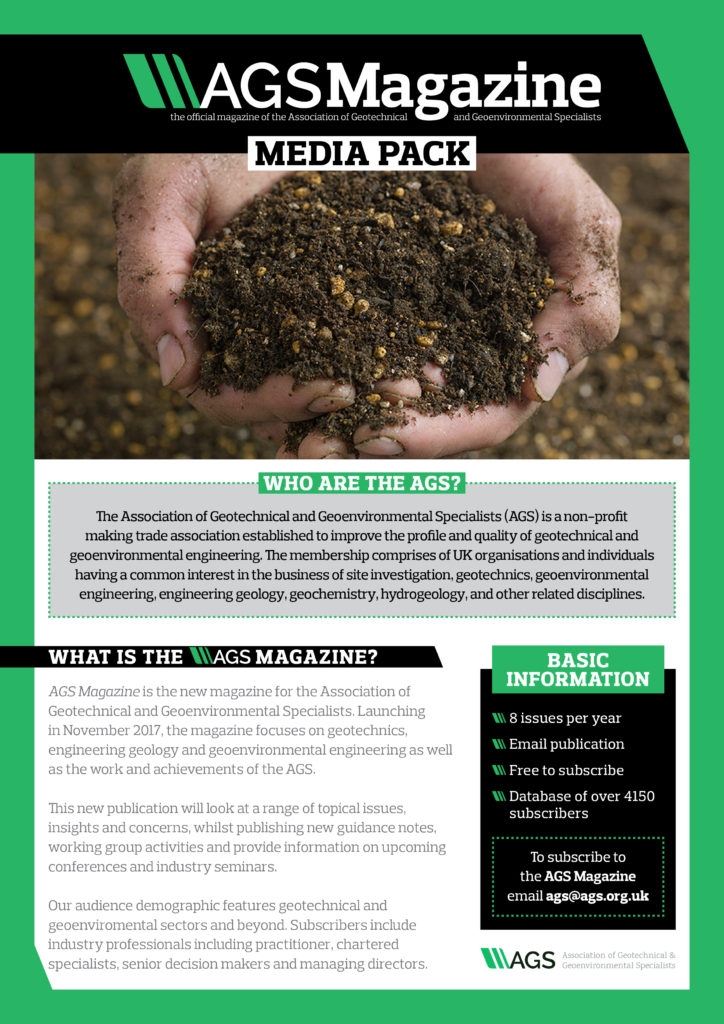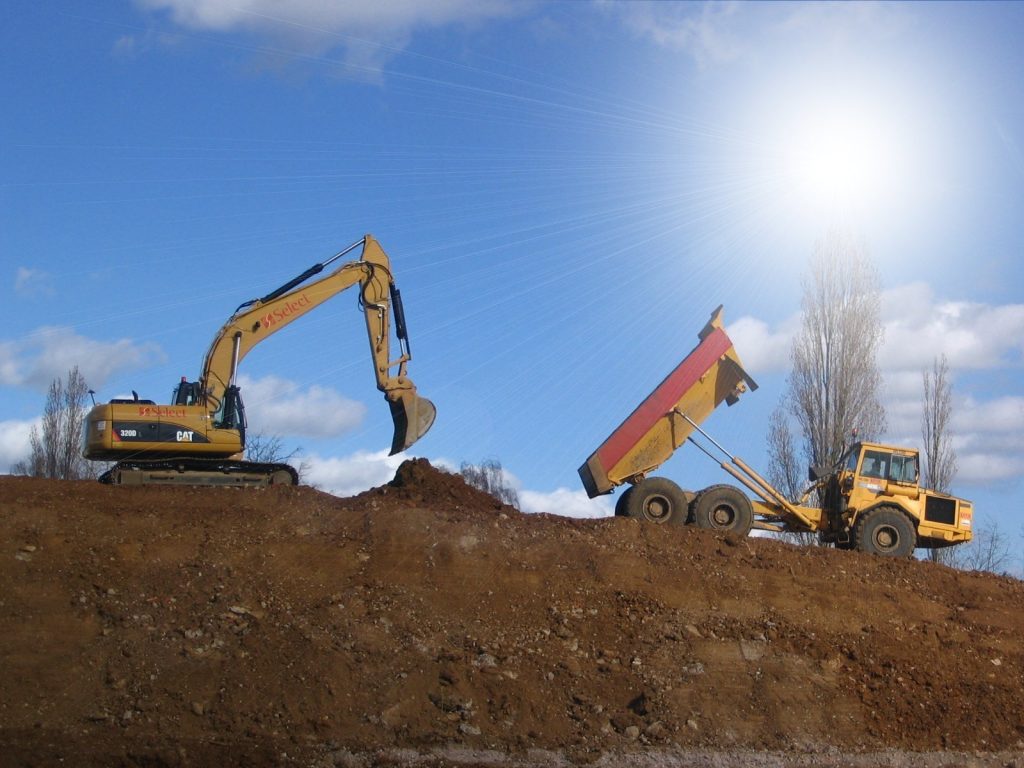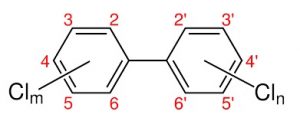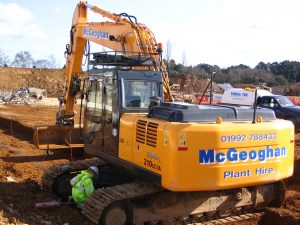The Geotechnical Data Conference 2017: Best Practice, Challenges and Future Opportunities is taking place on Wednesday 20th September 2017 at National Motorcycle Museum, Coventry Road, Bickenhill, Solihull B92 0EJ.
For over 25 years, AGS Data Transfer Format has allowed for the seamless sharing of data between different software within the geotechnical and geoenvironmental industry. It has become the industry standard and today is used worldwide.
This conference will examine the growing role of data management within digital engineering and Building Information Modelling, whilst looking at examples of best practice from ground investigation specialists, designers and constructors.
Divided into four chaired sessions, the conference will also focus on recent technological advances, collaborative working practices, trends and potentially disruptive changes, helping to paint a picture of what the industry’s future may look like.
Established in 1988, the Association of Geotechnical and Geoenvironmental represents over 130 leading companies specialising in site investigation, geotechnics, geoenvironmental engineering, engineering geology, geochemistry, hydrogeology, and other related disciplines.
Working to improve the profile and quality of geotechnical and geoenvironmental engineering, the AGS works closely with its members to establish standards and provide guidance and publications to improve safety, promote quality professional practice and encourage quality management systems across the industry.
The programme for the conference can be viewed here.
The sponsors of the conference are:
Arup
As an acknowledged leader in geotechnics, Arup is often asked to push the essential skill and science of designing and building structures in the ground. Wherever difficult ground conditions, sensitive environments or ambitious projects present geotechnical challenges, Arup provides robust and advanced solutions. Arup are experienced consumers of digital geotechnical data undertaking detailed analysis and interpretations to add value to our clients projects. AGS data transfer at the heart of this.
https://www.arup.com/
Bachy Soletanche
Bachy Soletanche is one of the UK’s leading geotechnical specialists with a reputation for quality and innovation within the field of foundation and underground engineering. Bachy Soletanche specialise in all aspects of modern geotechnics and foundation engineering, including LDA piling (large diameter bored), CFA piling (continuous flight auger), restricted access mini-piling, diaphragm walls, tunnelling, grouting and engineering to safeguard the environment.
www.bacsol.co.uk
Bentley
Bentley Systems is a global leader in providing engineers, architects, geospatial professionals, constructors, and owner-operators with comprehensive software solutions for advancing the design, construction, and operations of infrastructure. Bentley users leverage information mobility across disciplines and throughout the infrastructure lifecycle to deliver better-performing projects and assets. Bentley solutions encompass MicroStation applications for information modeling, ProjectWise collaboration services to deliver integrated projects, and AssetWise operations services to achieve intelligent infrastructure – complemented by worldwide professional services and comprehensive managed services.
https://www.bentley.com/
CH2M
CH2M Tunnels and Earth Engineering teams work globally, designing and building infrastructure, underground space and natural resource solutions on behalf of our clients. Technology, innovation and delivery are key, as we integrate our strongest capabilities and experts from across the company to solve complex problems, add value and reduce risk.
https://www.ch2m.com
ESG
ESG, a SOCOTEC company, is the UK’s leading provider of testing, inspection and compliance services, offering comprehensive solutions in Infrastructure, Built Environment and Energy & Waste. ESG has nationwide coverage, with a network of UKAS accredited laboratories, and continues to be a driver of innovation within the industry. By helping clients design solutions and remain compliant, ESG has become the leading partner in its chosen sectors for technical expertise and services.
www.esg.co.uk
Geolabs
Geolabs Limited is one of the largest UKAS accredited independent geotechnical soils, rocks and materials testing laboratories in the United Kingdom with in-house facilities enabling performance to British and other National and International Standards. Our staff serve on numerous National and International Standards committees, working groups and technical panels, often in the capacity of Chairmen or Working Group Coordinators. They have also lectured and given technical papers throughout the world.
www.geolabs.co.uk
Geotechnics
Geotechnics Limited was established in 1983 to provide the full spectrum of services covering the design, implementation, interpretation and evaluation of geotechnical and contaminated land site investigations. Our head office and laboratory are based in Coventry, with additional offices in Exeter, Chester and Yorkshire. We have considerable experience of working on varying scales of projects, and we are currently able to undertake individual site investigations ranging from £500 to in excess of £2.75 million.
www.geotechnics.co.uk
i2 Analytical
i2 Analytical is an leading independent testing and analytical laboratory, reporting our Geotechnical and GeoEnvironmental data in a range of formats including: EQuIS, AGS 3.1 and AGS 4. Our Geotechnical laboratory supports a range of sectors including Civil Engineering and GeoEnvironmental contractors/consultants. We also have expertise in asbestos testing and perform a range of chemical analyses using state of the art techniques on waters, soils and associated materials.
www.i2analytical.com
Keynetix
Keynetix are experts in Geotechnical and Geoenvironmental Data Management. Our solutions cover every stage of the Geotechnical data journey from planning, through site work and reporting to 3D Modelling, BIM and National Archives.
Being experts at every stage of your site investigation process enables Keynetix to advise you on the best solution to meet all your needs and gives you a single supplier to ensure that all your systems work together smoothly.
www.keynetix.com
Soil Engineering
With over 50 years of experience, Soil Engineering are one of the country’s foremost Ground Investigation and Specialist Grouting Contractors. The comprehensive in-house geotechnical laboratory, continually updated plant fleet, and ongoing investment in training and staff development, allow Soil Engineering to provide a reliable and cost-effective solution for any geotechnical project, throughout the UK.
www.soil-engineering.co.uk
Structural Soils
Structural Soils is one of the country’s leading and award-winning ground investigation contractors. It is a national company with offices in Bristol, Castleford (near Leeds), Coventry, Hemel Hempstead, Glasgow and Tonbridge. For over 50 years, we have provided comprehensive site investigation and ground investigation services in the UK, across Europe and, more recently, further afield. Soil Samples are tested in the well-equipped UKAS-accredited laboratories in Bristol, Castleford, Hemel Hempstead and Tonbridge.
www.soils.co.uk





